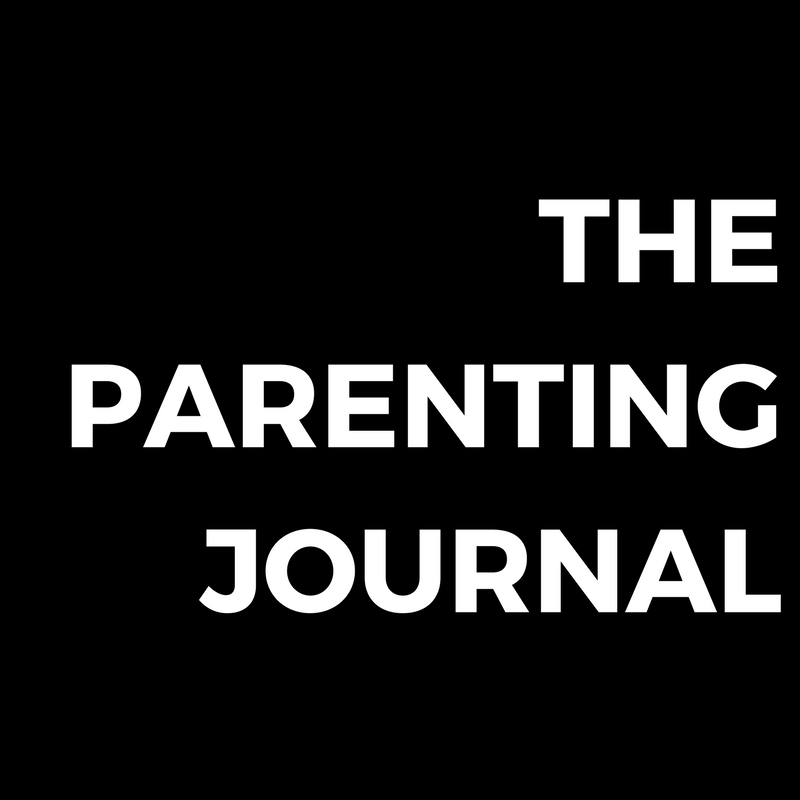
We know reading with our children is critical, but did you know that there are specific ways to read with your child that improve your child’s future academic skills? A new study shows that a specific type of reading – explicitly “quality reading” – leads children to have better reading skills and literacy skills in kindergarten than those children who do not engage in this “quality reading.”
So what is this “Quality Reading”?
In a study by the American Academy of Pediatrics conducted in May of 2017, the research analyzed “shared-book reading” (where a child is reading with an adult). The research defined “Quality Reading” when these three principles are engaged:

The American Academy of Pediatrics writes of the research on “quality reading”:
“Researchers found that reading quality and quantity of shared book-reading in early infancy and toddlerhood predicted child vocabulary up to four years later. Book-reading quality during early infancy, in particular, predicted early reading skills while book-reading quantity and quality during toddler years appeared strongly tied to later emergent literacy skills, such as name-writing at age 4.”
So how to apply these three principles of “quality reading” to your child?
How To Quality Read With Toddlers
It can (as we well know) be difficult to get a toddler to sit through an entire book. Susan and Barbara from the Bright Horizons discussion emphasize that with toddlers the goal for reading is less about focusing on finishing a book together and more about enjoying reading whatever you can read together.

Choosing Age Appropriate Books For Toddlers
- Choose books that meet your child’s interest. i.e. If your child likes trucks, read books on trucks . If your child likes horses, read a book on horses.
- Try lift the flap books
- Try books with repetitions and questions, i.e. Eric Carle’s Brown Bear Brown Bear What Do You See?
- Try books with silly rhymes and songs your child will likely want to practice and talk about like Homer’s Pirate or Parrotor traditional nursery rhymes like Humpty Dumpty.
Labeling Pictures And Emotions With Toddlers
- Ask questions about the images in the book. Where are the butterflies? Where is the mouse? How many hippos are there on this page? What is a cocoon?
- Ask questions about the emotions of the characters in the book. Does the girl look happy or sad? Why do you think she is happy? Why is he sad?
Ways To Engage And Talk About Books With Toddlers
- Give the story life and use animated reading.
- Try puppets with the books.
- Ask questions about the book’s content. For example, why do you think the main character wanted to give the puppy a bath? Where do you think the dog went?
How To Quality Read With Kindergartners (age 3-6)
At this age, Susan and Barbara discuss how children understand more of the content in the books, for example the flow of the story and jokes in the story.

Age Appropriate Books For Kindergartners: At this age, children can comprehend longer books and books with more of a story. You can involve the child more with the content of the book. It is still important to give the story life and use animated reading to engage the pre-schooler. This is a good age too to choose books that teach lessons. For example, you can read books that teach about empathy, kindness, and allowance.
Ways To Engage Your Kindergartner With Books
- Use gestures, almost like talking with your hands.
- Use different voices for each character.
- Use facial expressions.
Ways To Talk About Books With Kindergartners
- Give your child time to process some of the content of the books.
- Encourage your child when he or she asks questions about the book.
- Ask open ended questions. At this age, pre-schoolers can engage in more open ended questions. For example, when discussing a story, you may ask what would happen if she did not bring an extra snack for her friend who did not have lunch? Do you know what a whale shark is?
- Question what the characters are saying and doing in the book. Do you agree with what he said? How could she help her friend?
Labeling Pictures And Emotions With Kindergartners
With pre-schoolers, you can also use open ended questions to discuss emotions. For example, you can ask your child: how do you think he would feel if his friend breaks his toy? What do you think she can do to make her brother happy? Why do you think he looks sad?
Do you have suggestions for engaging your child in books? Share them with us by tagging @learnwithhomer and #qualityreading!
Happy reading!
